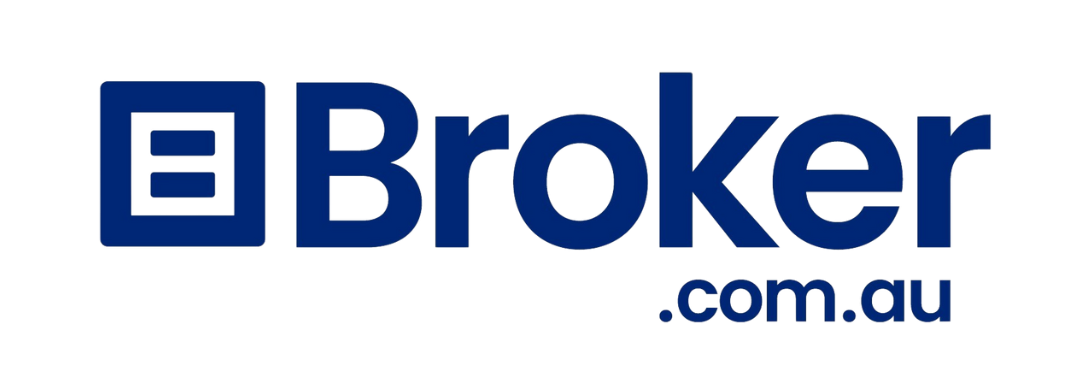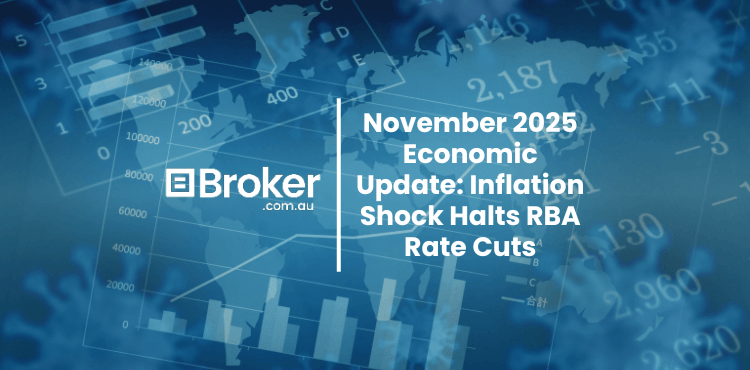Loans for Australian SME Businesses
At Broker.com.au, we have isolated types of clients so our in-house specialists who have the appropriate skill set for each client type, can keep learning and honing even sharper skills to ultimately find the best loan structure for each of our clients. In this article, we dive into SME lending, as it is an incredibly important segment of the market in Australia. SME’s employ more people than any other segment.
Running a small or medium-sized enterprise (SME) in Australia often means facing financial hurdles. Whether it’s funding for expansion, covering payroll, or buying inventory, loans for Australian SME businesses are vital lifelines that keep operations going and opportunities growing. This comprehensive guide explores every aspect of SME business loans in Australia—from loan types and eligibility to government support and expert tips for securing funding in 2025.
Ready to explore your funding options? Apply for an SME Loan Today
Understanding SME Loans in Australia
What Are SME Loans?
SME loans are financing options specifically tailored to support small and medium-sized businesses. They help business owners manage cash flow, invest in growth, and cover operational expenses. These loans can come from banks, credit unions, online lenders, or even government-backed schemes.
Common Loan Types for SMEs
- Term Loans: Fixed loan amount paid back over a set period.
- Lines of Credit: Access to funds when needed, up to a limit.
- Invoice Financing: Advance on unpaid invoices.
- Asset Finance: Loans secured against business assets.
Why SMEs Need Business Loans
Cash Flow Management
Cash flow gaps are common in business. Loans provide working capital to cover operational expenses, payroll, and rent during slow months.
Growth and Expansion
Whether you’re opening a new location or investing in new products, funding is key to scaling your business.
Equipment & Inventory Needs
Many SMEs use loans to buy equipment or stock up on inventory during busy seasons.
Top 10 Types of Loans Available
| Loan Type | Best For |
| Term Loans | Long-term growth projects |
| Line of Credit | Emergency expenses and daily operations |
| Invoice Financing | Businesses with slow-paying customers |
| Asset Finance | Buying vehicles, machinery, and equipment |
| Overdrafts | Covering temporary cash shortfalls |
| Merchant Cash Advance | Retailers with consistent card transactions |
| Equipment Loans | Purchasing or leasing business tools |
| Trade Finance | Importers/exporters dealing with suppliers |
| Startup Loans | New businesses with no trading history |
| Franchise Loans | Opening or expanding a franchise |
Government Support for SME Loans
Small Business Loan Guarantee Scheme
The Australian Government backs a portion of eligible loans to help SMEs access affordable funding during economic downturns or recovery periods.
Export Finance Australia
This government agency offers finance solutions to businesses involved in international trade, including working capital and bond support.
Eligibility Criteria for SME Loans
Credit Score Requirements
Most lenders require a minimum credit score (typically above 600), though some fintechs are more flexible. We often see lenders happy with a comprehensive credit score of 550 in 2025.
Business Age and Revenue
Established businesses with stable revenue are favoured, though startups can still qualify with strong business plans. Where startup funding is involved, by the nature of it being a little more risky than established businesses, borrowers should expect higher interest rates and possibly property as collateral/security.
Collateral Needs
Some loans require assets (property, equipment) as security, while others are unsecured but may have higher interest rates.
How to Apply for an SME Loan
- Determine Your Needs: Know how much you need and why.
- Compare Lenders: Review interest rates, fees, and terms.
- Gather Documents: Financial statements, tax returns, business plans, ID.
- Submit Application: Either online or in-branch.
- Approval & Funding: If approved, receive funds within days.
Take the next step with ease — Start Your Application Now and get closer to securing the right loan for your business.
Interest Rates and Loan Terms Explained – for 2025
- Average Rates: 6%–15% + depending on lender and credit profile.
- Fixed vs Variable: Fixed offers predictability, while variable may offer lower initial rates.
- Term Options: Short-term (3–12 months) or long-term (1–5 years+). We have seen 7+ year terms as well from some ledners.
Traditional vs Online Lenders
Big Banks vs FinTechs
Traditional banks offer stability and large loan amounts but can be slow. Fintechs provide faster applications, flexible eligibility, and quicker funding—ideal for many SMEs.
Pros and Cons of SME Business Loans
Advantages
- Fast access to working capital
- Boosts credit profile with timely repayments
- Keeps equity ownership intact
Drawbacks
- Interest and fees can add up
- Risk of asset loss with secured loans
- Credit damage if repayments are missed
How to Choose the Right Loan for Your SME
Ask these questions:
- What’s the purpose of the loan?
- How soon do you need funding?
- Can you manage the repayments?
- Will the loan grow your business revenue?
Use online comparison tools and speak to financial advisors if needed.
Tips to Get Loan Approval Fast
- Check and Improve Your Credit Score
- Keep Business Financials Updated
- Craft a Strong Business Plan
- Apply for Pre-Approval
- Borrow Only What You Can Repay
Case Study: Successful SME Loan Stories
Cafe, Melbourne secured a $50,000 unsecured loan through an online lender. With the funds, they renovated their storefront and increased weekly foot traffic by 30%.
Trade Tools Business, Perth used asset finance to upgrade machinery, reducing downtime and increasing production by 25%.
Financial Tools to Manage Your Loan
- Loan Calculators: Estimate repayments and total cost.
- Repayment Schedulers: Track due dates to avoid penalties.
- Accounting Software: Integrate with loan management for visibility.
Alternatives to SME Loans
- Equity Financing: Trade ownership for funds.
- Crowdfunding: Raise funds via platforms like Kickstarter.
- Government Grants: Free funding for eligible businesses.
Tax Implications of Business Loans
- Interest Deductible: Loan interest is usually tax-deductible.
- GST Treatment: Loans aren’t subject to GST, but purchases made with them might be.
Always consult a tax advisor before making major financial decisions.
FAQs on Loans for Australian SME Businesses
1. What is the best type of loan for small businesses in Australia?
It depends on your needs. Term loans are great for long-term investments, while lines of credit help with cash flow.
2. How long does loan approval take?
Traditional banks may take weeks, while fintech lenders often approve loans within 24–72 hours.
3. Can I get an SME loan with bad credit?
Yes, though your options may be limited and interest rates higher. Online lenders are often more flexible.
4. Are business loans taxable income?
No, loans aren’t income. However, interest paid can be tax-deductible.
5. Do I need collateral for an SME loan?
Not always. Many lenders offer unsecured options, though secured loans may offer better terms.
6. What’s the minimum business age for loan eligibility?
Most lenders require at least 6–12 months of business operations, but startups may qualify with other criteria.
Conclusion
Navigating loans for Australian SME businesses doesn’t have to be complicated. By understanding your financing options, preparing solid documentation, and comparing lenders, you can access the capital your business needs to grow. Whether through a bank, a fintech platform, or government support, Australia offers a wealth of resources to help your SME thrive.
As always, we encourage business owners to reach out to the team at Broker.com.au for guidance on various loan options.
Don’t wait to unlock your SME’s potential — Get Started with Broker.com.au today.




